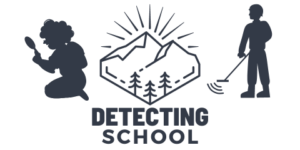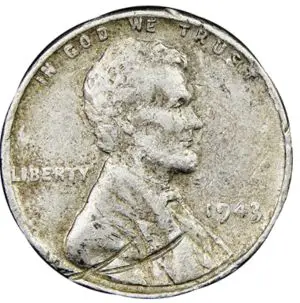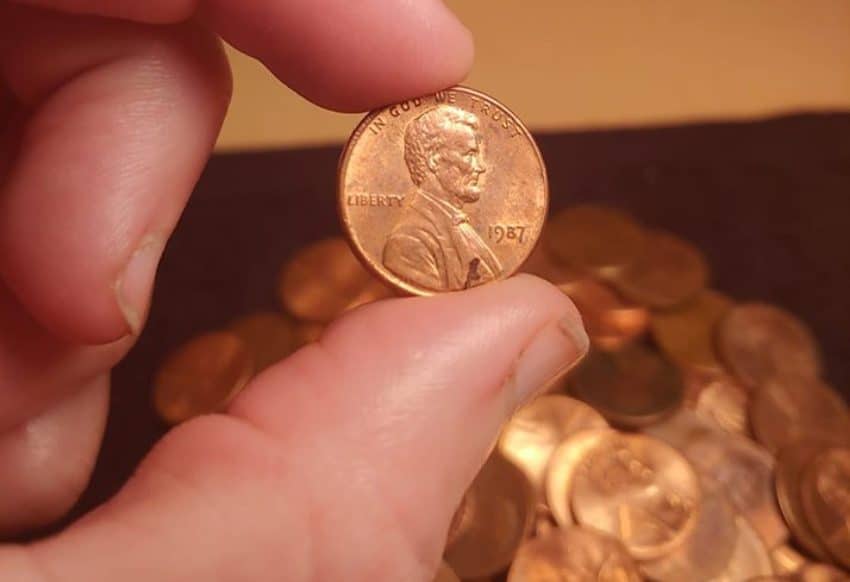
At the beginning, when I have expressed my interest in coin collecting as a hobby, my main thoughts were to only have my hands on coins I am personally interested in … And, I feel, there is nothing bad with that!
However, after a while, it was inevitable to turn full attention to valuable coins … In fact, that’s what would empower your collection, even to a point when you could, if you want, make a serious ROI on it …
… So, how to collect valuable coins? If you are able to identify the value that any coin could have, and know the right places and trustworthy dealers who would easily lead you to these valuable coins, in addition to the right cleaning (if needed)/storage techniques, then you will inevitably be able to add worthwhile coins to your beloved collection.
In this article, I breakdown, every step of the way to make your collection great again!
First … What makes a coin actually valuable?
There are a few reasons that a coin might be of high value. Below, I break down these factors:
1. Age
Age is one of the greatest determining factors when giving a coin a higher-than-face value. Older coins are generally valued higher, with other factors contributing to the overall cost or valuation.
2. Condition
Coins are made (most frequently, anyway!) of metal, sometimes precious metals depending on where and when the coin was made. These metals can corrode over time, and coin condition is an important factor which can increase its value for sure.
Mint quality condition is a prized attribute in coins from any era, not just older pieces. Newer coins can also be valuable in good condition.
3. Special attributes
Special attributes can include errors in the minting process, inconsistencies, or small batch coins made for commemorative purposes. If a coin is different from the rest, there is likely some form of added value.
4. Place in a larger collection
Are your coins part of a bigger set? Individual pieces might not necessarily hold high value, but they could potentially carry weight as a part of a larger set.
This could include coins from the same year, or a series of coins with a common theme, like a consistent misprint.
5. Personal value
Coins can be subjectively valuable! There are countless collectors who have favorite pieces which hold little external value, but are personally significant!
What does it take to build a valuable coin collection?
There are three attributes which contribute to building a valuable coin collection.
1. Time
Rome wasn’t built in a day, and their coins weren’t collected in a day, either! Coin collecting (like any other kind of collecting, truthfully!) is a long process, which can take years of scouring a market and searching for the perfect piece to add to your collection.
Many don’t consider it to be a temporary hobby, but instead view it as a lifelong journey.
2. Investment
Building a great coin collection does take some coin of your own! If you’re setting out to add truly valuable pieces, it’s likely that you’ll need to make a financial investment when the time comes around.
If you see an item that is severely undervalued, it might not be authentic. Proceed carefully, understanding that it often takes cash to acquire quality pieces.
Learn how to invert in coins properly!
3. Attention
One of the truest attributes required for this activity, is the ability to pay attention!
Know what kinds of coins to look for, as well as learn to spot quality. Many keep an eye on estate sales and auctions, in order to find that elusive piece to add to their collection.
Bonus: Some Luck!
Sometimes you just get lucky! Maybe keeping all those shiny pennies has something to do with it?
Where to find worthwhile coins?
Worthwhile coins can be found anywhere! Most frequently, collectors usually find their luck in a few distinct places:
- Yard, estate, and garage sales
- The internet (social media and forums)
- Antique stores
- Through family and friends
- Auctions
- Pawn shops
The key with finding valuable and worthwhile coins is knowing what you are looking for, along with knowing where to look…
… The biggest pieces of advice offered is to know what you might be on the lookout for, and making connections with people who can keep an eye out for you.
Ask your friends, family and community! There might be hidden treasures somewhere that others don’t care to keep, clean or sell, but it’s always worth taking a look!
Examples of highly prized coins …
Highly prized coins are a gift, often masquerading as a few cents in the wild. Here are 5 of the most highly prized coins that collectors would dream of owning.
1794 Flowing Hair Dollar
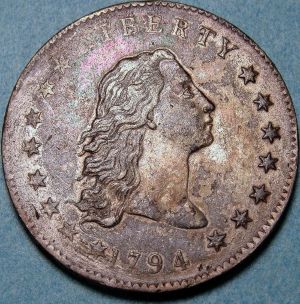
This coin looks like it’s a worth a dollar, when it’s actually valued at over $10,000,000. That’s a lot of change.
1913 Liberty Head Nickel
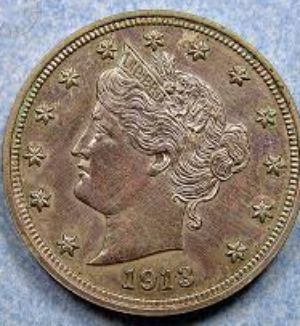
5 cents? Try $3,000,000! This coin is considered valuable due to the limited production, however good luck finding one in the wild; there are 5 which are known, and they’re all accounted for.
1943 Bronze Lincoln
This penny was created in the midst of WWII, after a mix up. Bronze was not used to make many coins, however the few that made it out into the world have recently fetched over $180,000.
1804 Silver Dollar
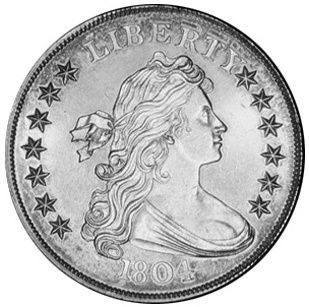
This silver dollar is among the most rare, and highly prized for a few factors, including historical significance. These dollars have been known to be sold for over $4,000,000.
1794 Silver Dollars
These coins were minted shortly after the American Revolution, and can hold great value both due to their age, as well as their historical significance and quality.
Many 1794 dollars in good condition have been sold for incredibly high prices; one recently was sold for nearly $8,000,000.
What’s the most valuable coin in the world?
The Flowing Hair silver dollar, minted in 1794 is among the most valuable coins in the world at the moment.
It is comprised of mostly (90%) silver, with a small, 10% addition of copper, and was the first silver dollar issued by the the newly formed United States Federal Mint.
This coin features the bust of Lady Liberty, a sign of freedom and revolution, and holds great significance is history, more than the literal monetary value of the coin itself.
It is unknown how many of these coins are in circulation, however they are extremely rare and one in good condition was recently sold for $10,000,000.
Do error coins hold value?
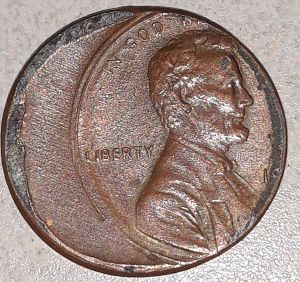
Yes! Error coins hold great value. In many other circumstances, an item with a flaw or defect would be considered less valuable, however in the case of coins, error can make them more rare.
Die casting coins is typically quite precise, however there are occasions where there is buildup, damage, double die stamps, missing elements, incorrect materials and countless other inconsistencies can make these collector’s items, not throwaways.
Error coins can be particularly fun finds, especially in good condition. Recent errors in circulation include the, “In God We rust” coin Kansas state quarter, minted in 2005. Buildup over the T in Trust caused this misprint, and many of these coins average $100 when sold.
How to clean valuable coins?
Ironically, you shouldn’t clean them! Older coins are much more likely to carry tarnish, dirt and other minor surface damage, and these coins should be kept in their original condition as much as possible.
Why? Well, it’s possible that your cleaning process would permanently damage or mar the coin further, causing a breakdown of materials, or irreversible harm. Leave cleaning and restoration to the professionals.
When in doubt, don’t clean the coin.
If, however, you notice a less valuable coin that has collected dust, dirt and wear in your care, here are few tips to clean it up.
- Use as minimally corrosive materials as possible. Distilled water and a gentle soap should be enough to loosen any dirt or grime, which you can wipe away with a soft cloth.
- Don’t use acids or foods to clean your coins. Skip the ketchup. Skip the lemon juice and vinegar. There are countless suggestions for how to make your coins shine, but if you’re working with older materials of any sort of elevated value, keep it simple.
- Be gentle. Soft cloths, paper towels and q-tips are all valuable tools to help clean off any dirt or wear you’ve accumulated. When possible, use minimal cleaning ages, and wipe away dirt with a gentle hand.
- Be sure to dry your coins thoroughly, and store them properly after cleaning.
How to store them?
Coins are best kept in dry, and ideally out of direct sunlight. Certain materials can be reactive to one another, so care and attention should be paid to keeping your collection clean and dry, and away from corrosives.
Some choose to keep their coins in individual packaging, while others are okay storing similar coins in the same containers. There are commercially available coin storage books and folders (Check these Tools at Amazon), which are made from materials designed to keep your collection safe.
Polypropylene (Check this one Here at Amazon) is a nonreactive plastic which makes up a large variety of food containers, such as yogurt tubs. It’s a great place to store coins temporarily, especially while you are looking for a more permanent way to display or store your collection.
Learn these coin storage tips!
Where should you sell these coins?
If the time comes to sell coins, the best place to put them up for sale would be online!
Sure, there are auctions and you might have friends who are interested in purchasing a coin at its true value, and those are great ways to sell coins easily.
However, online forums and community boards are a great place to reach out to other collectors who can appreciate and appropriately value pieces in your beloved collection.
There are specialized coin collection sites and message boards which are filled with fellow collectors, who are happy to offer tips and insight, as well as potentially purchase from you.
Are there any valuable coins in circulation?
There are! Active circulation coins are fairly rare, however there are hidden gems to be found in your piggy bank!
One such coin is the 1943 Bronze Lincoln penny, which is rare, but has occasionally been found in unusual places, and recently was sold in auction for nearly $200,000 dollars. Definitely not chump change.
Another popular one is the 2004 Wisconsin State Quarter with an extra leaf. These coins have fetched up to $1,500 dollars, and could very well be in your pocket right now.
The 1955 double die Penny is another example of a valuable minting error; there were an estimated 24,000 of these coins released to the public, and one in good condition could fetch over $1,500 USD.
Learn more about uncirculated coins!
Are pennies without a mint mark valuable?
Mint marks indicate where a penny was produced. If a coin does not have a mint mark, it is likely to have been made in Philadelphia which was the first US Mint.
Coins without a mint mark are not inherently more valuable, until other factors are added in to the equation.
From 1980 to 2016, there were no mint marks added to pennies produced in Philadelphia. If your coin is dated somewhere between that range, there is generally no additional value to be gained.
If, however, you’re in possession of a coin from the the 1790’s or later, you might be looking at a more valuable coin, however that value is likely due to bigger factors than a lack of mint mark.
Conclusion
Really hope you’ve found most of what you are looking for in this Post! My purpose was not only to provide you with answers to your questions, but also to make you, as much as possible, excited to empower your collection with valuable items, if you’ve already got one …
… Or, why not, starting a new collection including exclusively worthwhile coins …
… Finally, if you want to make an ROI out of your coins, then you can check this Coin Collection Investment Guide … I include several helpful tips in it!
Have a nice day.
